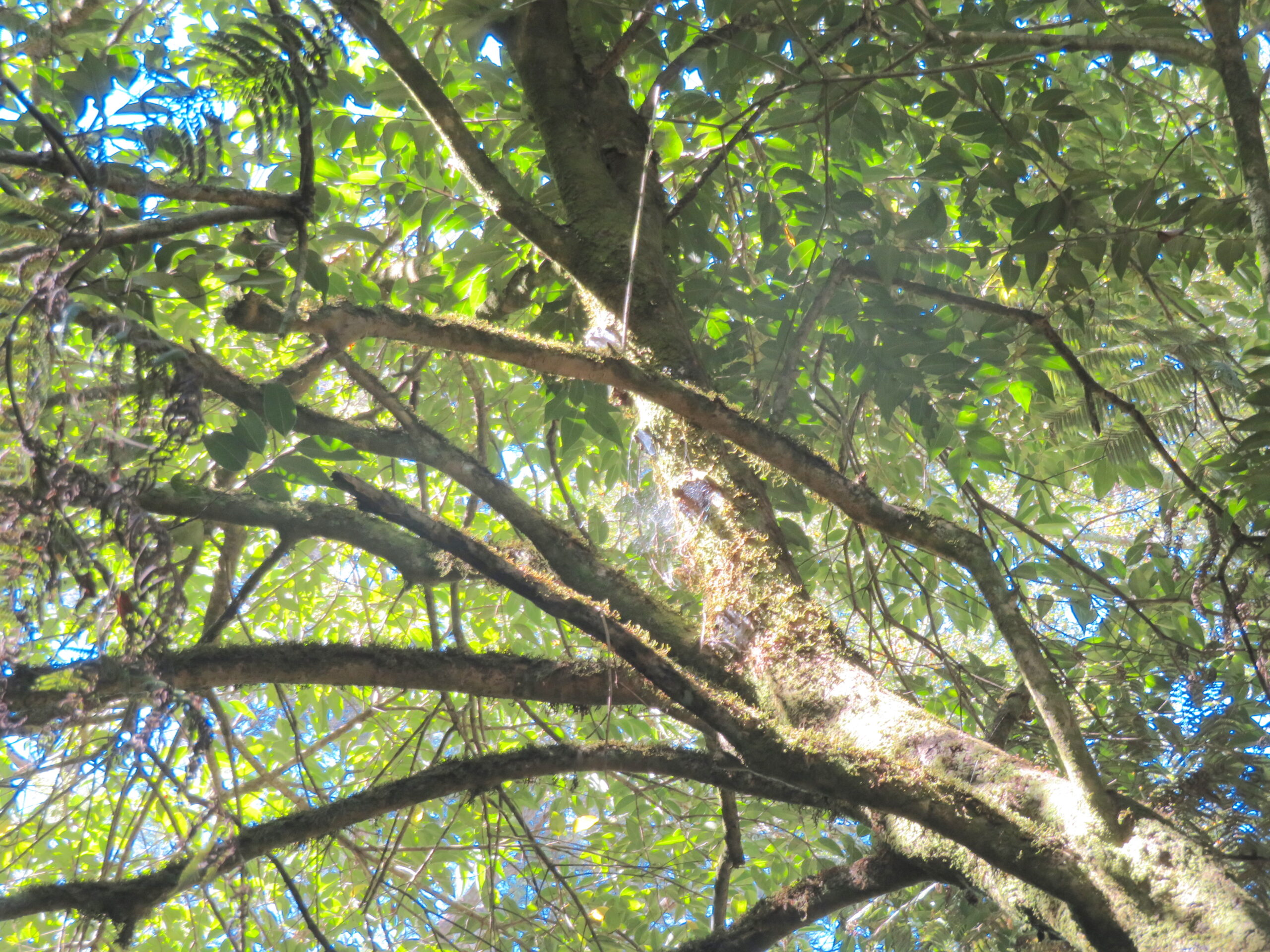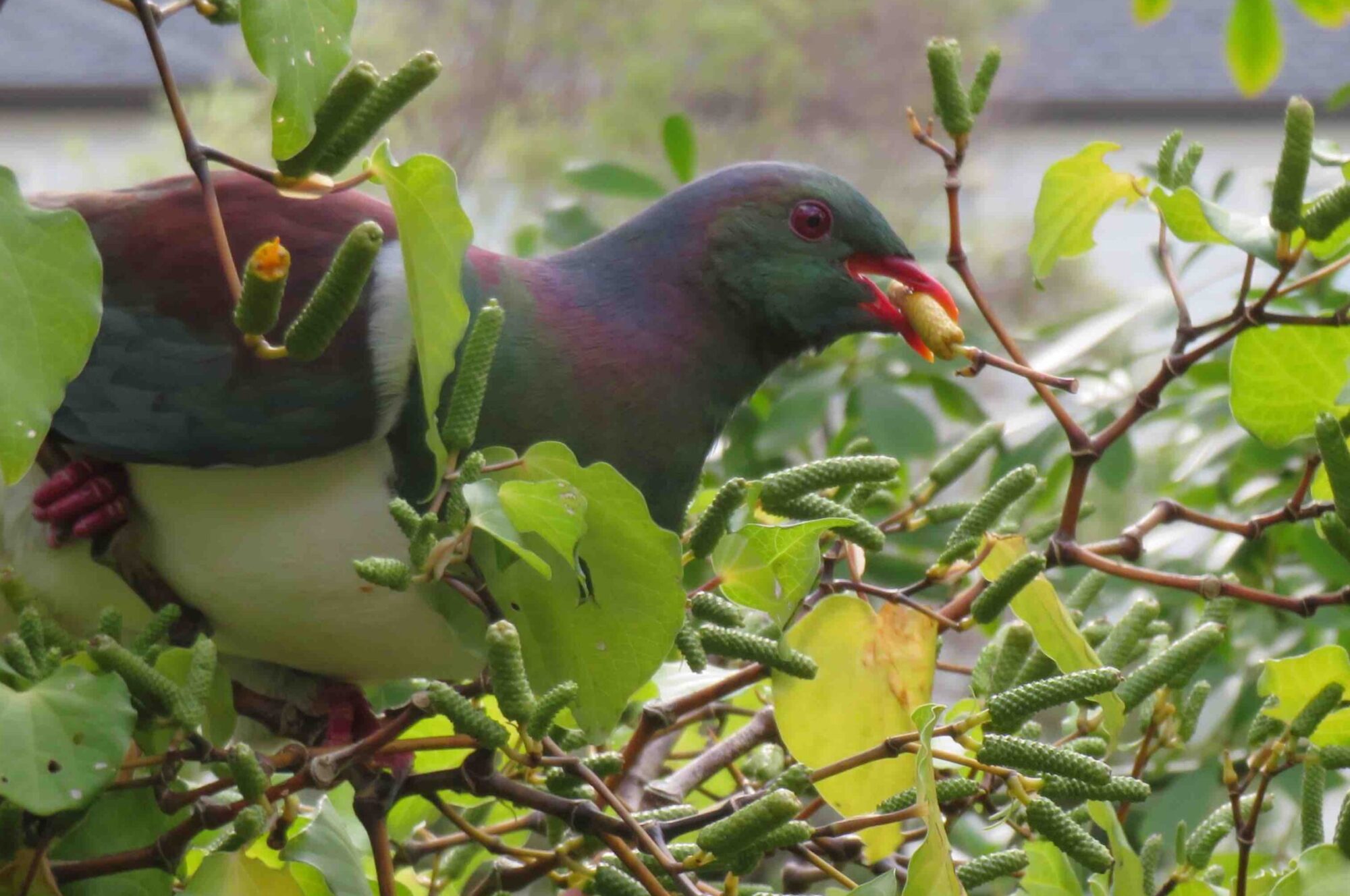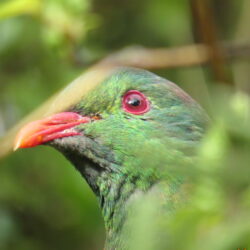Like the fairytale Ugly Duckling, an invasive weed tree in a hedge will keep you busy, not with feeding but with endless pruning.
Whether you have a driveway border, ornamental garden or a patch of bush, you can reduce the costs of trimming and pruning by accurately identifying the “ugly duckling”. In the photos below, the ugly duckling is a tree privet in a regularly trimmed kohuhu hedge.
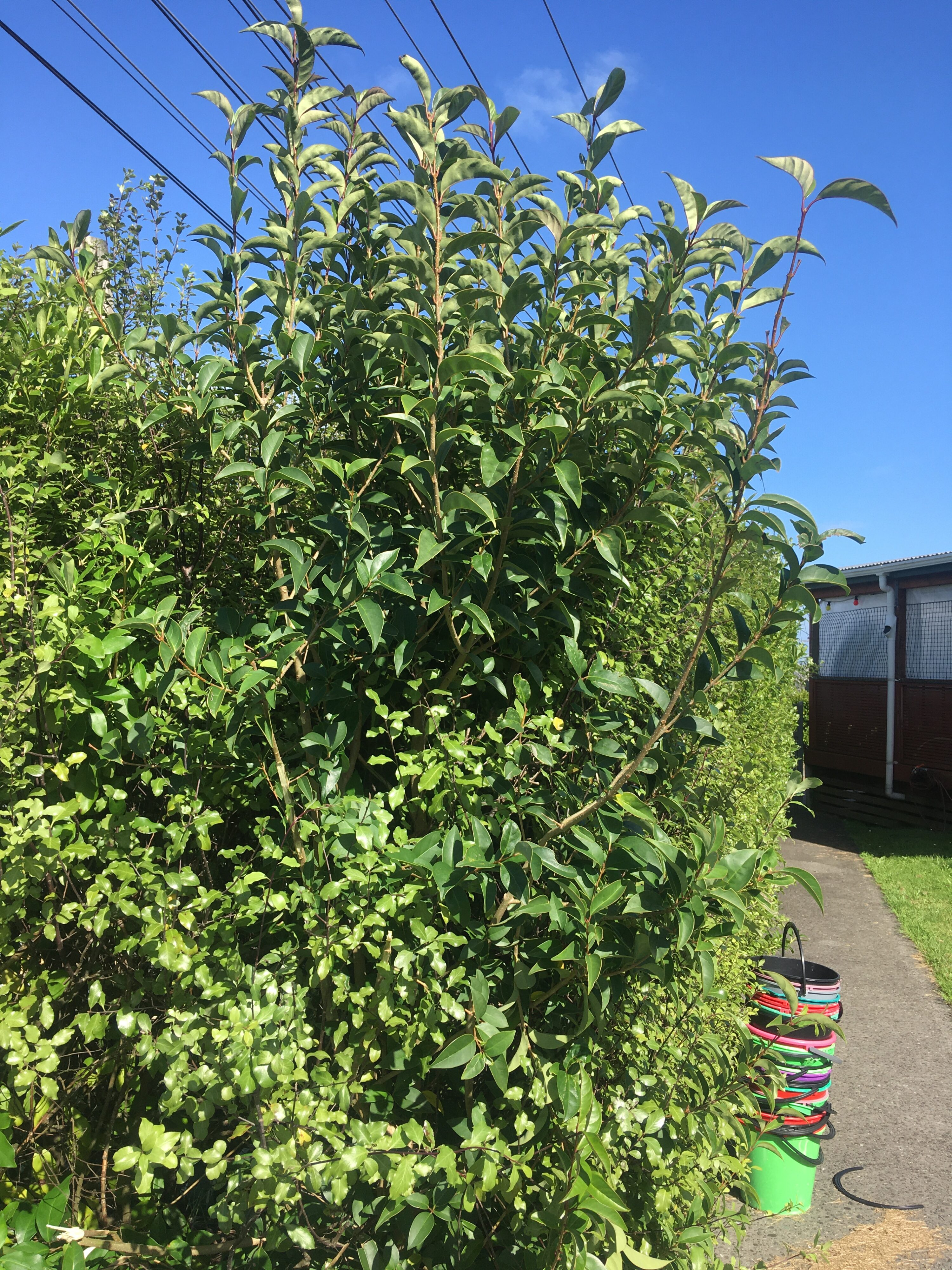
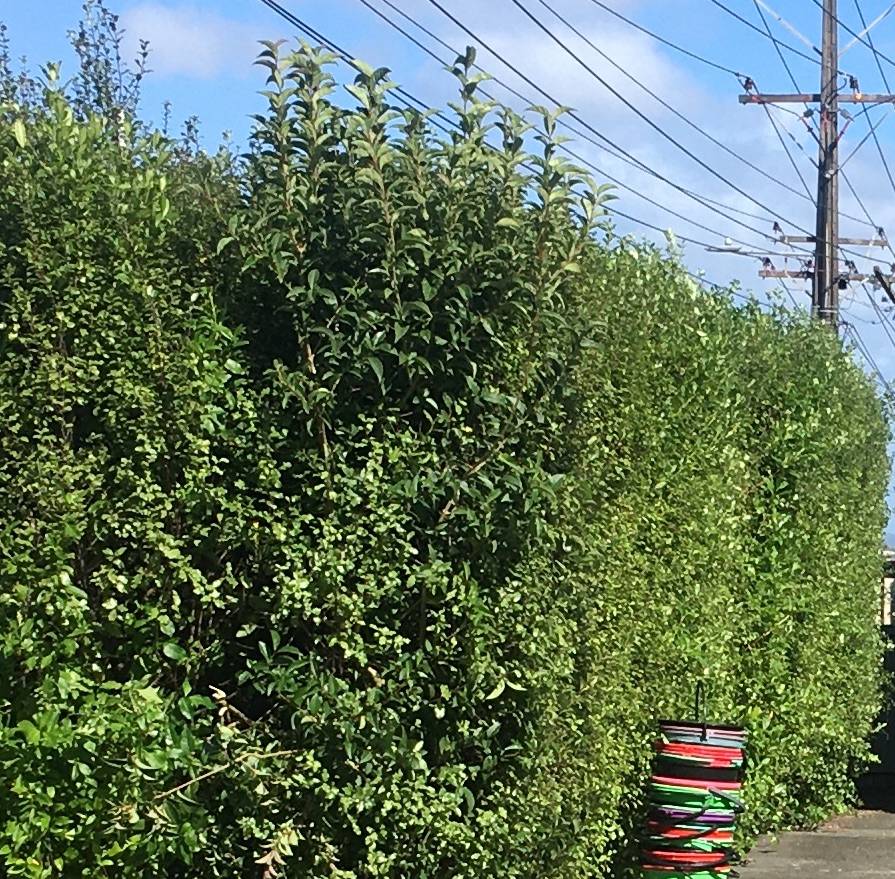

We controlled this tree privet for our client by our specially developed technique, which reduces the tree in a matter of minutes, and kills it over a year or so.
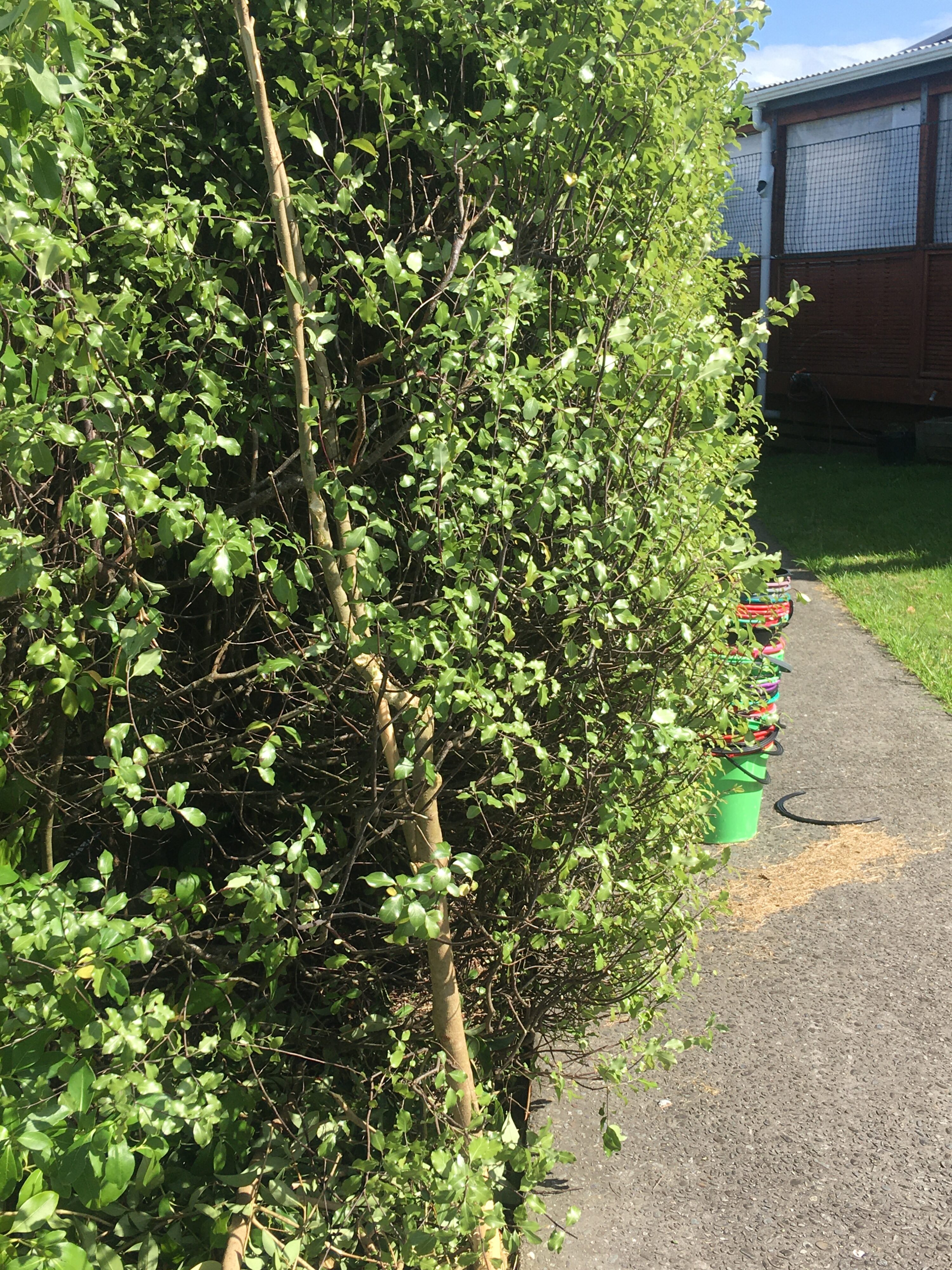
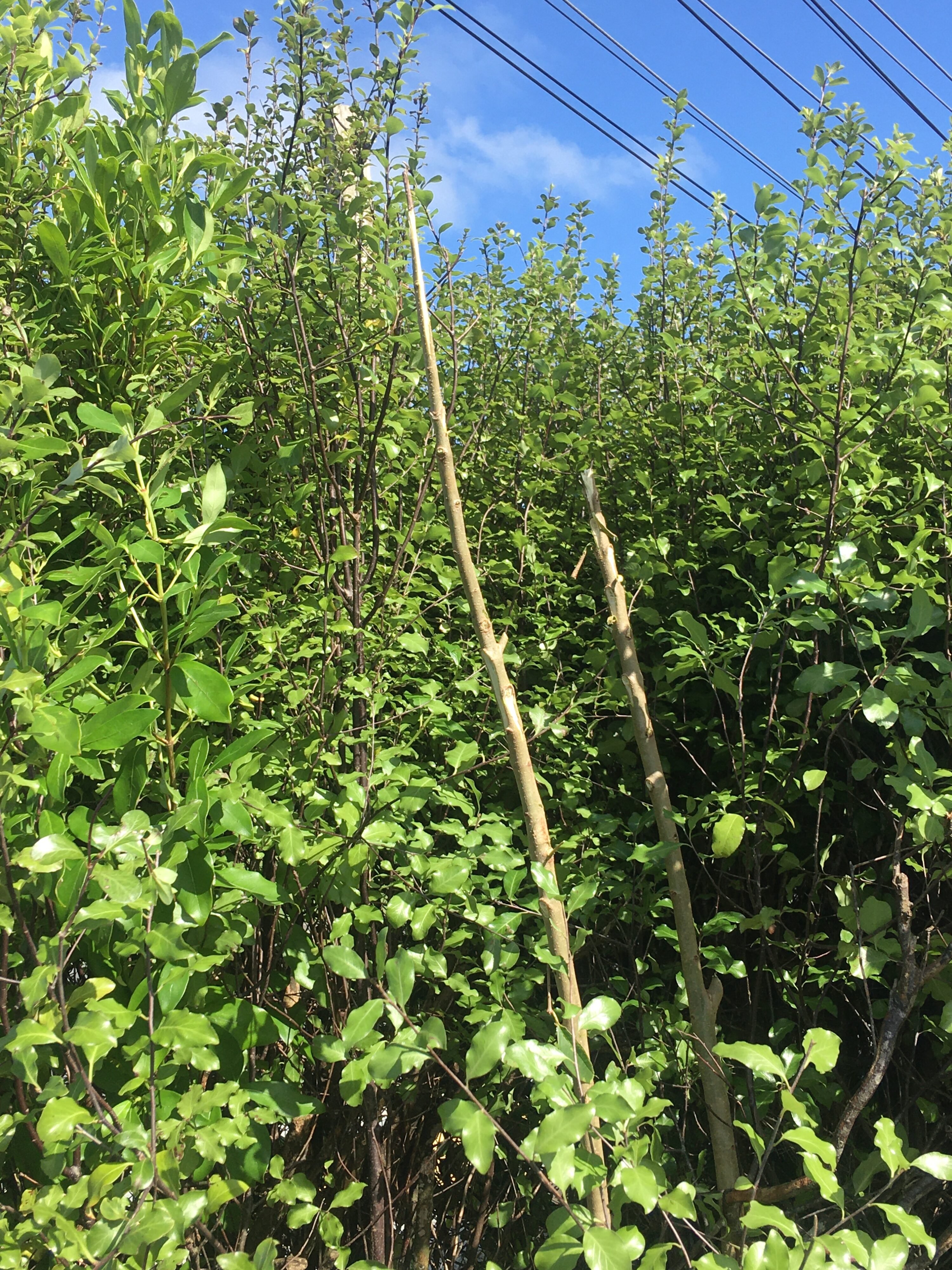
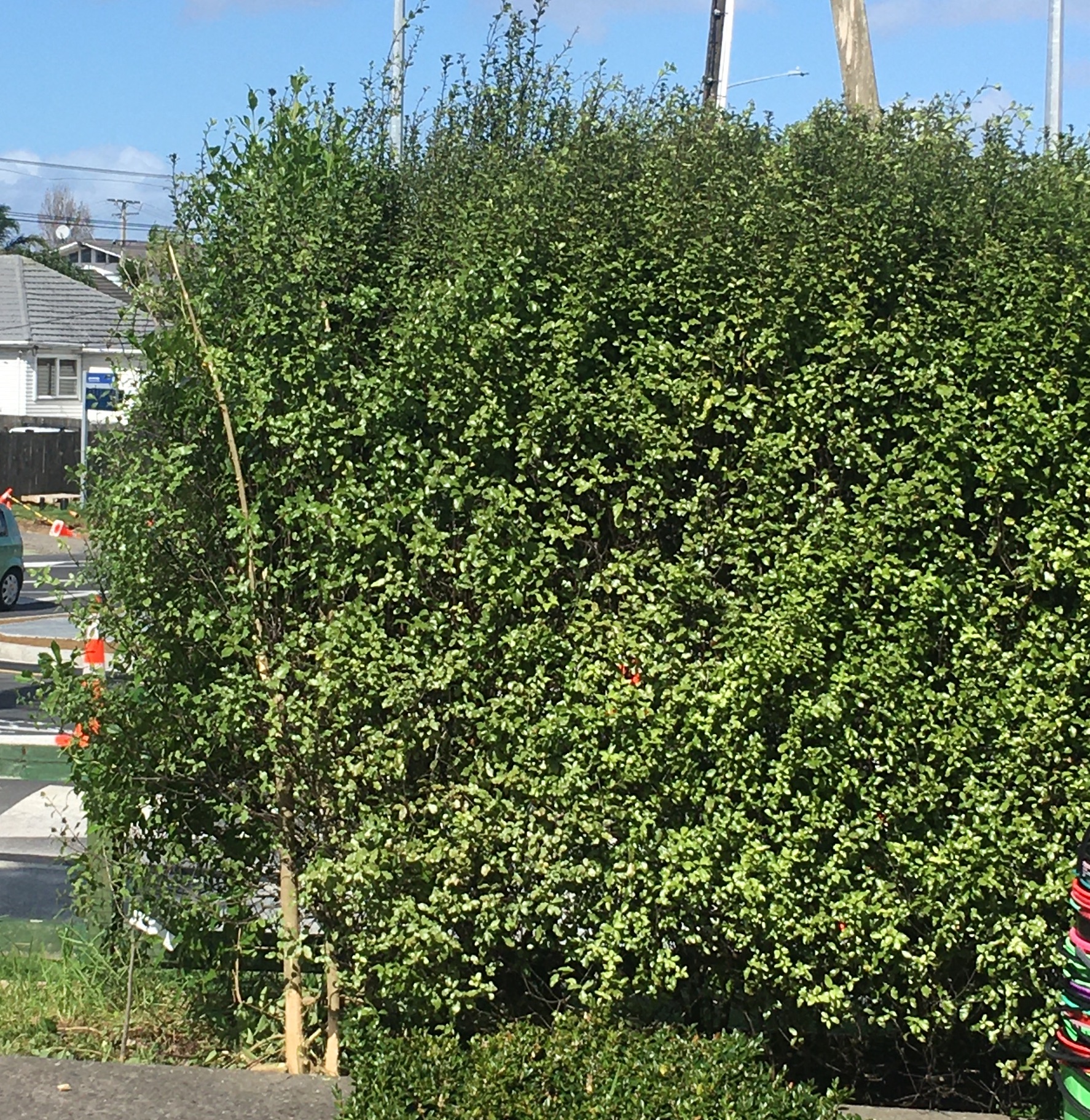
Repeat interventions to control the regrowth will take only a minute or two, perhaps once a month for a while, and then less frequently until the tree privet dies, probably within two years. Well before then, the dead trunk will be hidden among the foliage of the hedge.
Our technique kills tree privets up to at least 5m high without chemicals or felling. In our experience so far, it takes 1-4 years for the tree to be very obviously and completely dead.
In the fairytale, the Ugly Duckling grew up to be admired as the beautiful swan it was, but the tree privet becomes increasingly unwelcome as it pushes aside and overtops its plant neighbours. It can even outcompete forest trees in partial shade.
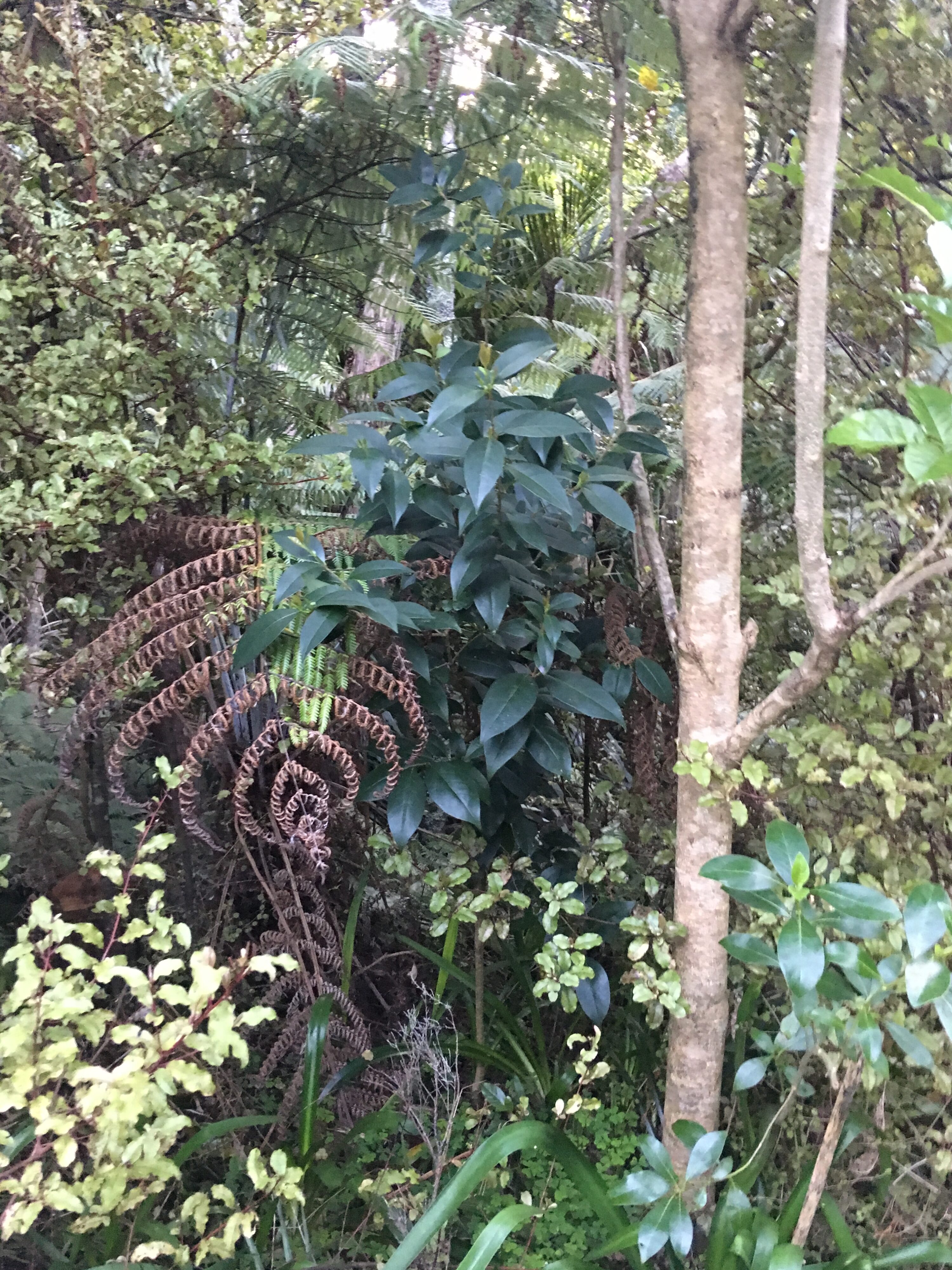
We often see hedges or shrubberies in which one or several tree privets are being carefully pruned along with the hedge.
While hedge trees or shrubs look neat and become leafy after a trim, the tree privet gets a growth-stimulating trim instead of being eliminated, and is soon sticking out and above again.
Once the misfit is identified, it is usually cut down. But as with many woody weeds, cutting it off near the base creates a bigger problem, for the cut stem produces a dense mass of low branches around and below the cut. These low branches are often even more of a problem than the uncut tree, as they interfere with the surrounding plants, and stick out directly into paths, driveways and lawns.
Our technique was trialled successfully in 2018 in our Gahnia Grove project on the Glenfield Rd margin of Eskdale Reserve, and in 2019 on about 20 tree privets which had invaded the native tree planting along Kaipatiki Rd opposite Glenfield College.
Depending on the thoroughness of the first or follow-up interventions, it takes 1-3 years for the tree to die. Follow-up interventions only take a minute or so.
Save even more by removing tree privets as seedlings
Tree privet fruit are very popular with birds, and a tree privet seed dropped by a bird in a hedge or shrubbery usually grows up unnoticed for a year or two until suddenly it demands your attention by outgrowing the others.
Much time and expense can be saved by identifying and easily uprooting the tree privet seedlings found in gardens or Reserves visited by birds who have recently fed on tree privet fruit.
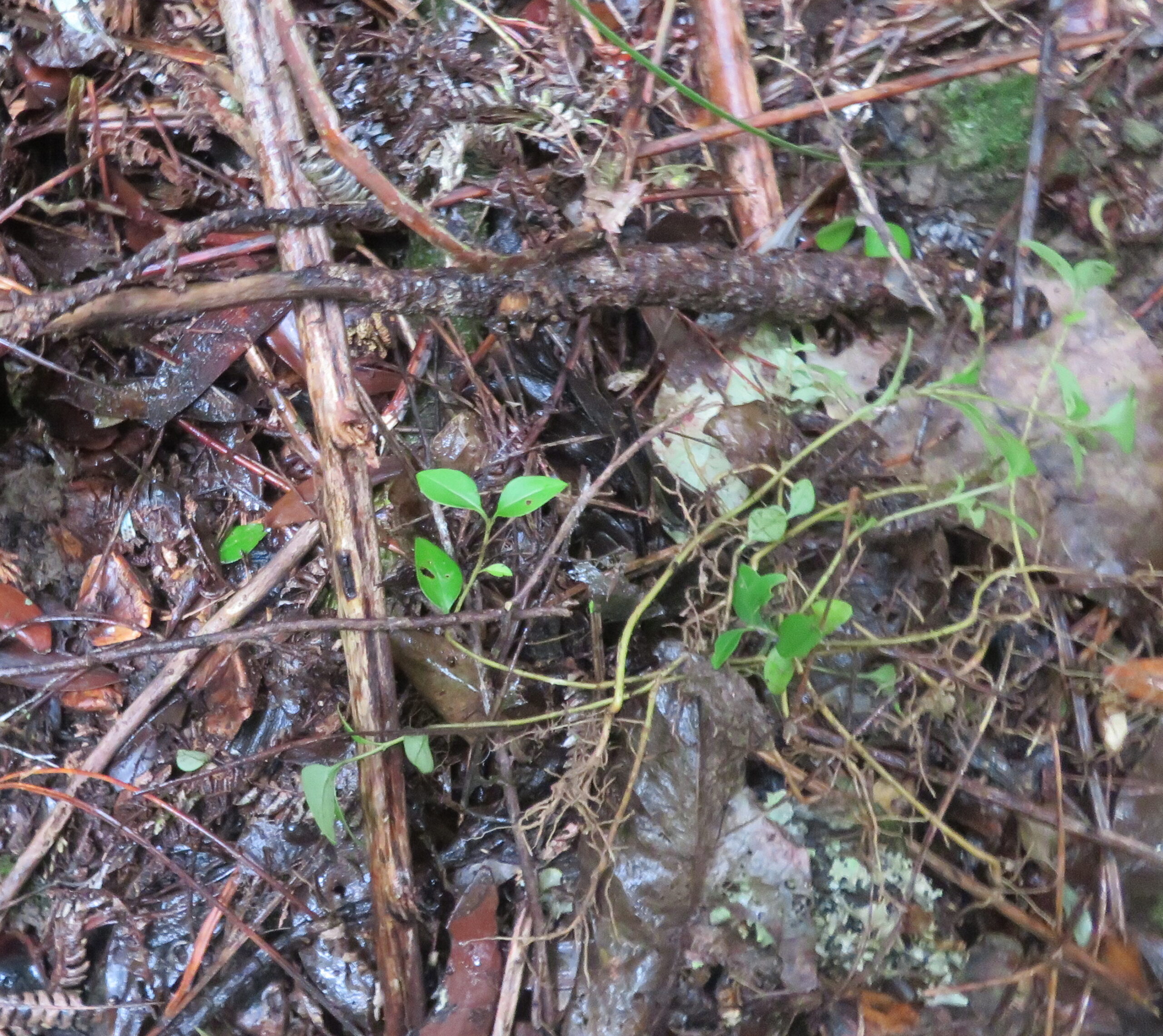
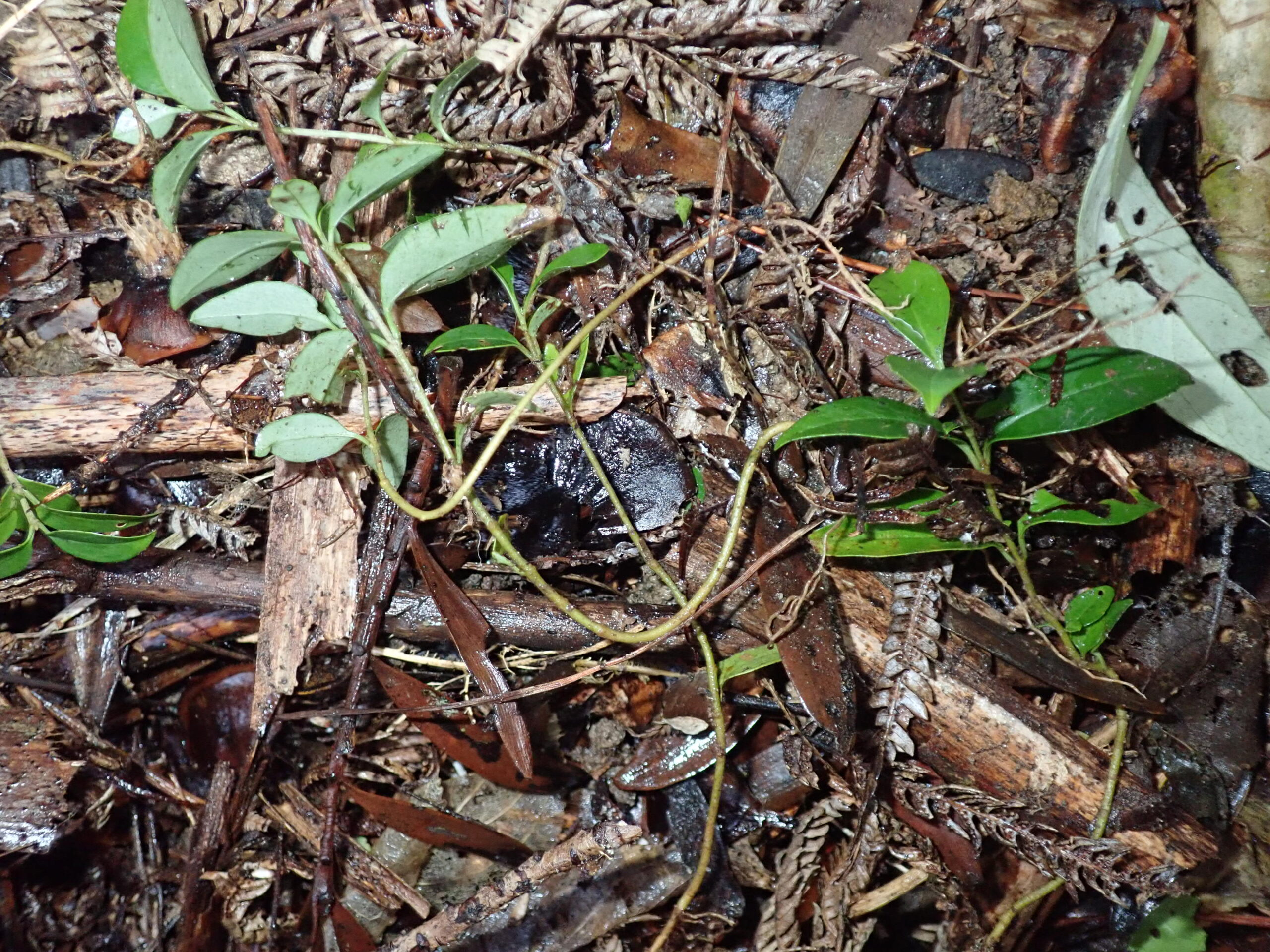
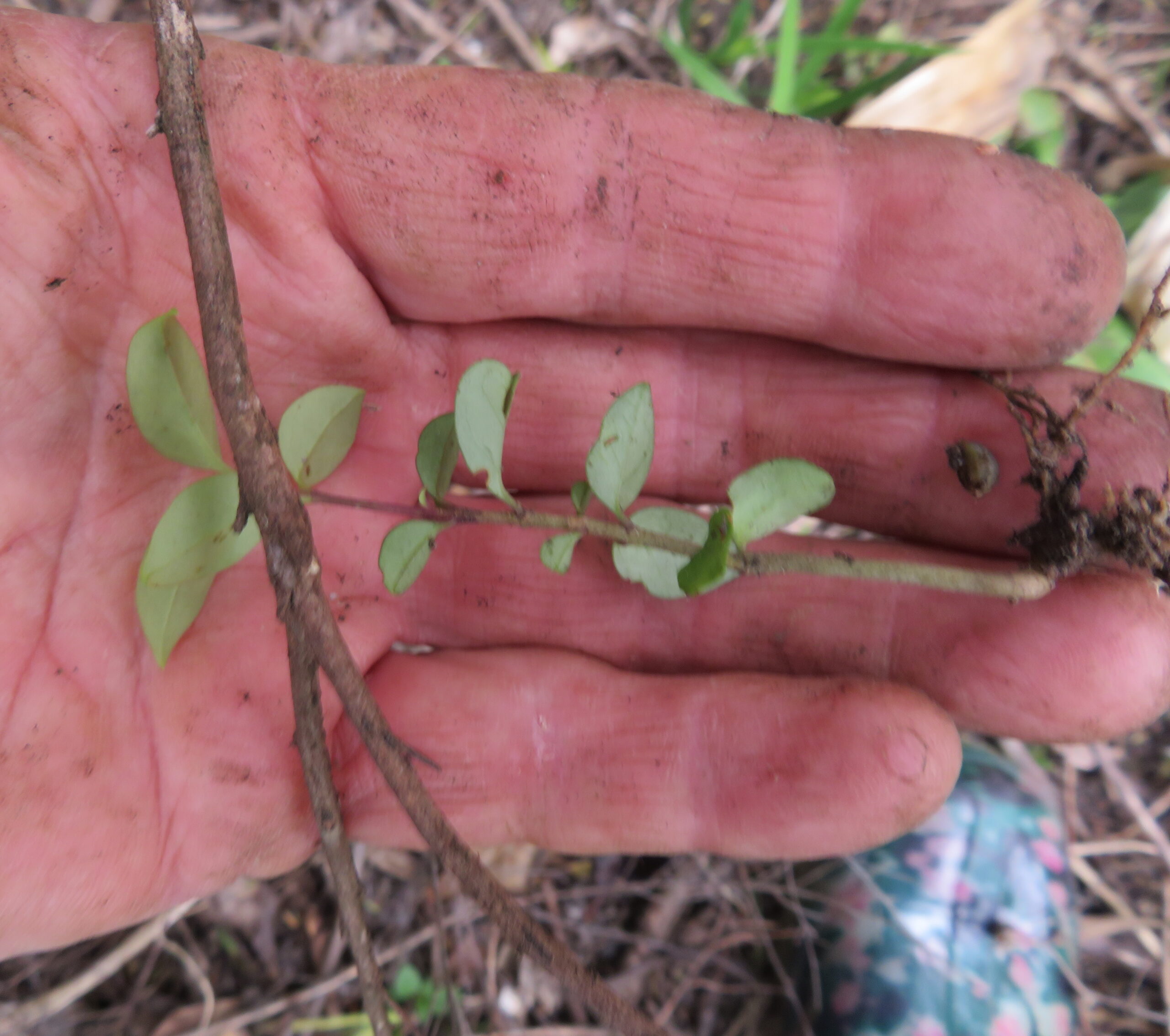
Older tree privet seedlings less than a metre high are often able to be uprooted easily when the ground is still wet from winter rain.

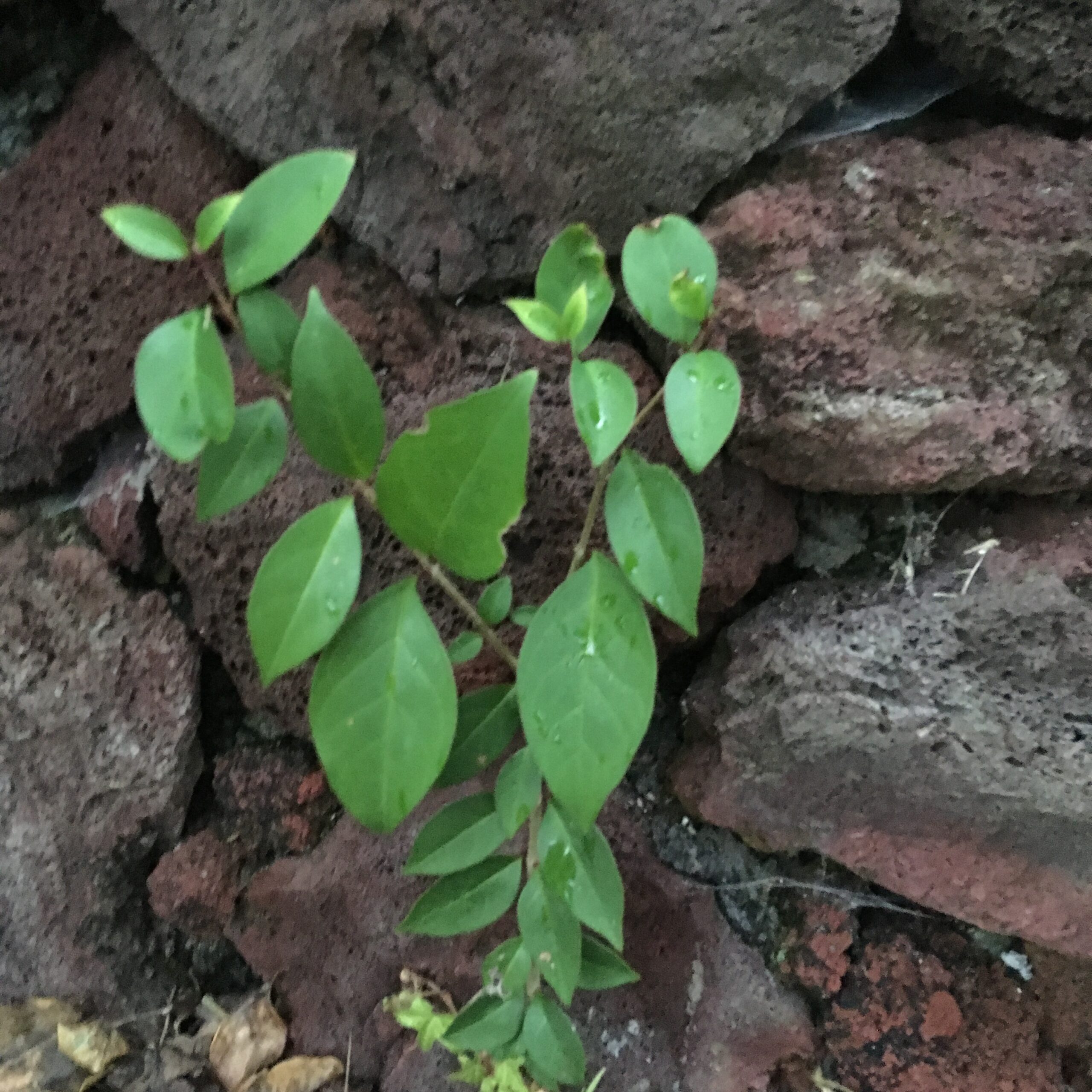

When uprooting is not immediately easy or would dislodge soil or disturb other plants, we partially break the stems to starve the roots. The whole plant can be easily uprooted some time later, if desired, or left to decay in place (eg in sensitive habitat or unstable slopes).

Large old tree privets already providing shade and erosion control
Tree privet grows very fast, up to at least 20 metres high, and can live for 100 years.
While it is well worthwhile removing seedling and juvenile tree privets where there is alternate vegetation, mature trees need to be assessed individually, as they are providing many functions.
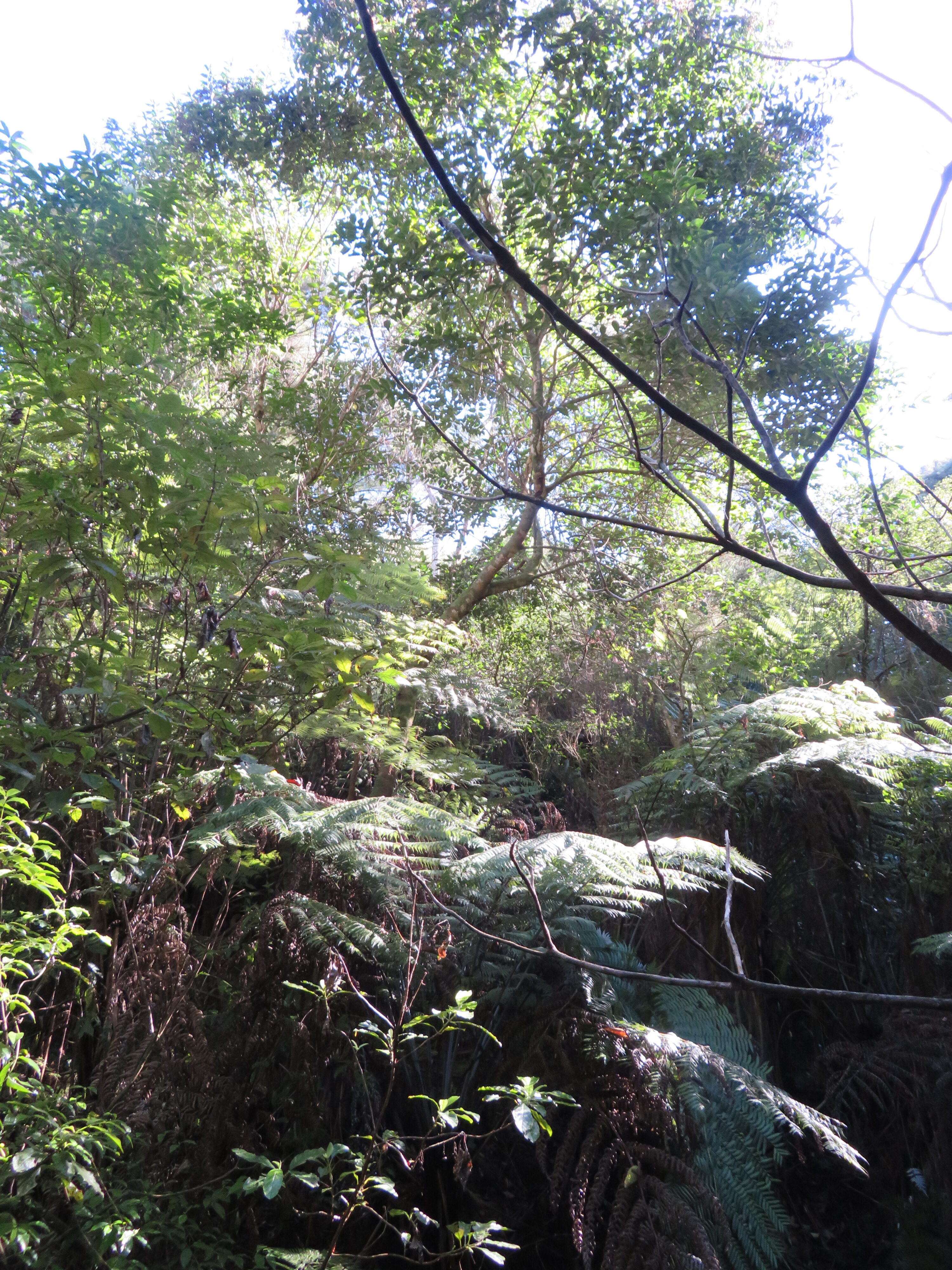
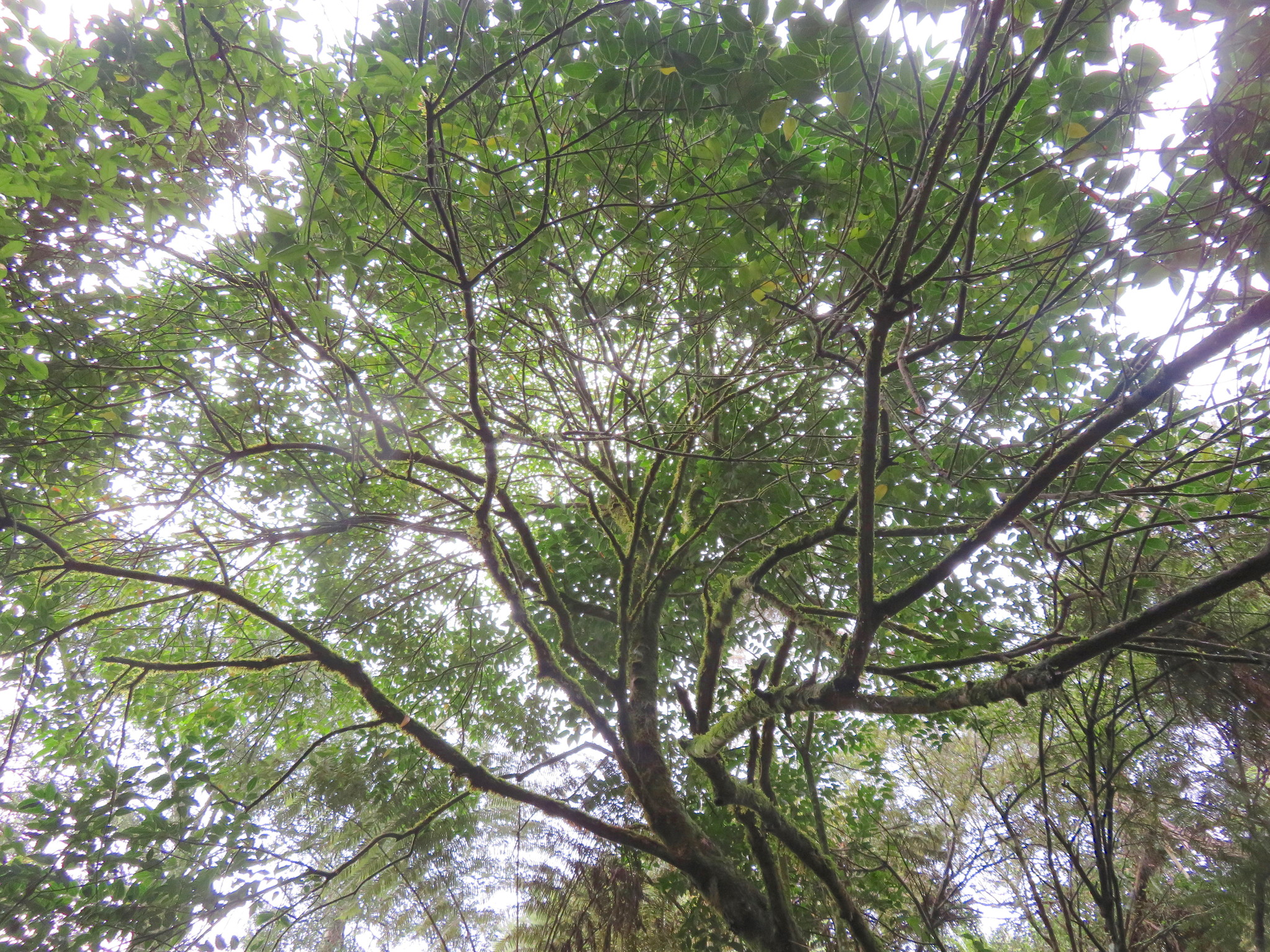


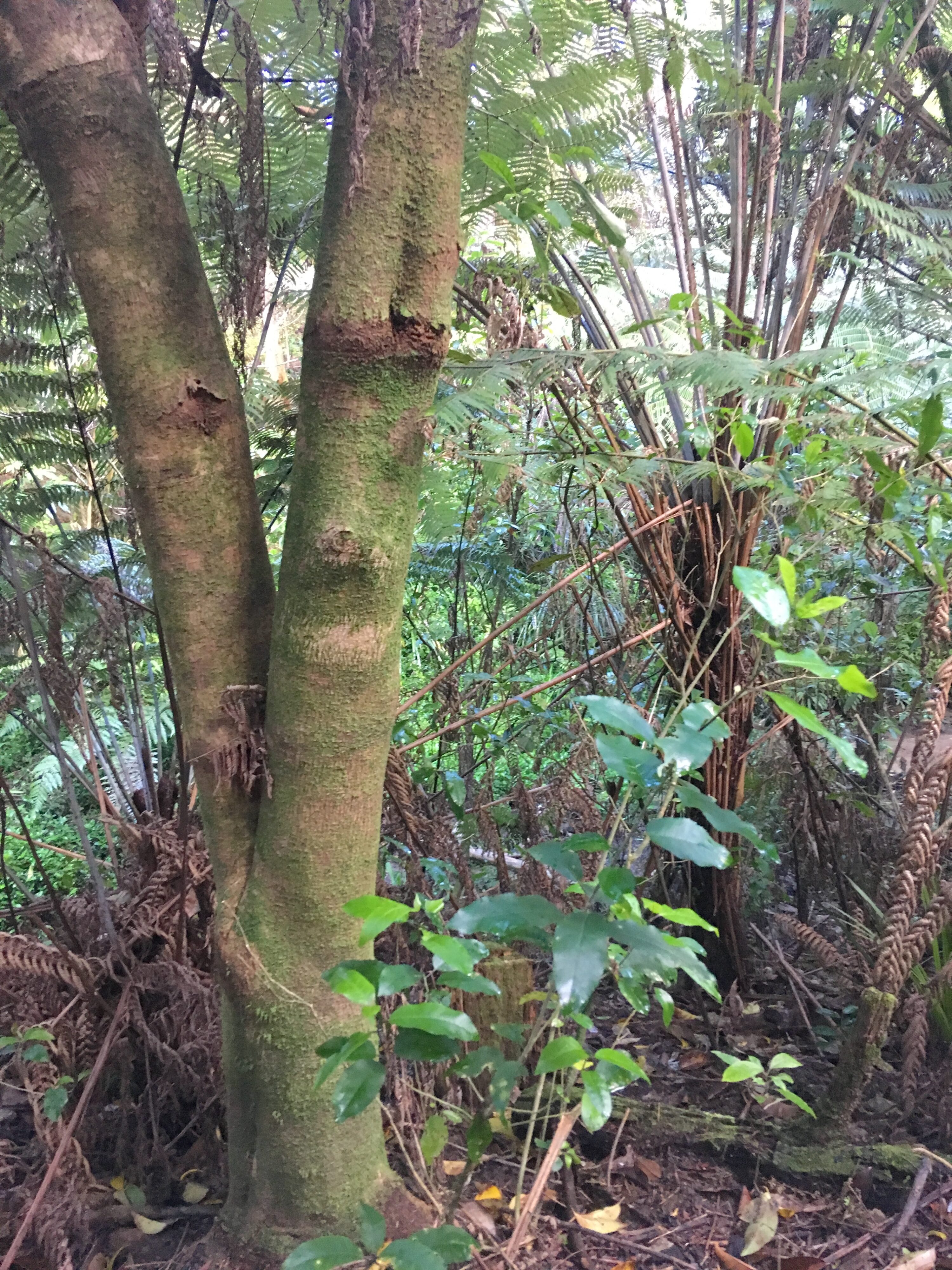

Above: A number of tree privets that grew up unnoticed in the last 20 years now form an important part of the forest canopy providing essential shade to Kaipatiki Stream
In or beside young native forest, an unrecognised tree privet will grow up to obscure and overtop all but the tallest trees. Once established, it may have become a vital part of the ecology of the site, contributing to water quality, soil conservation, the diet of birds and other fauna, and the health of surrounding vegetation.
Below: fruit on mature tree privets in native forest canopy
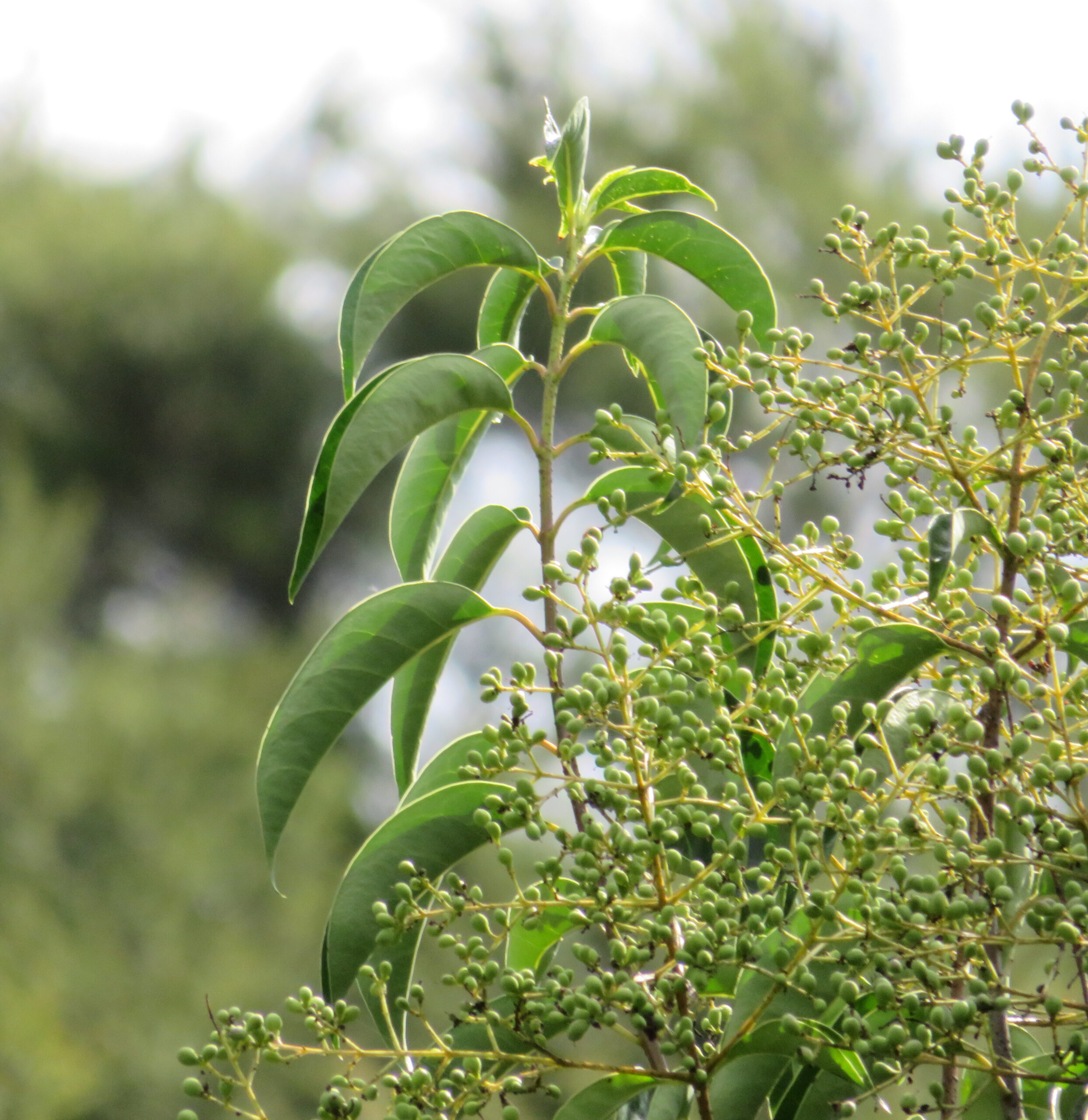
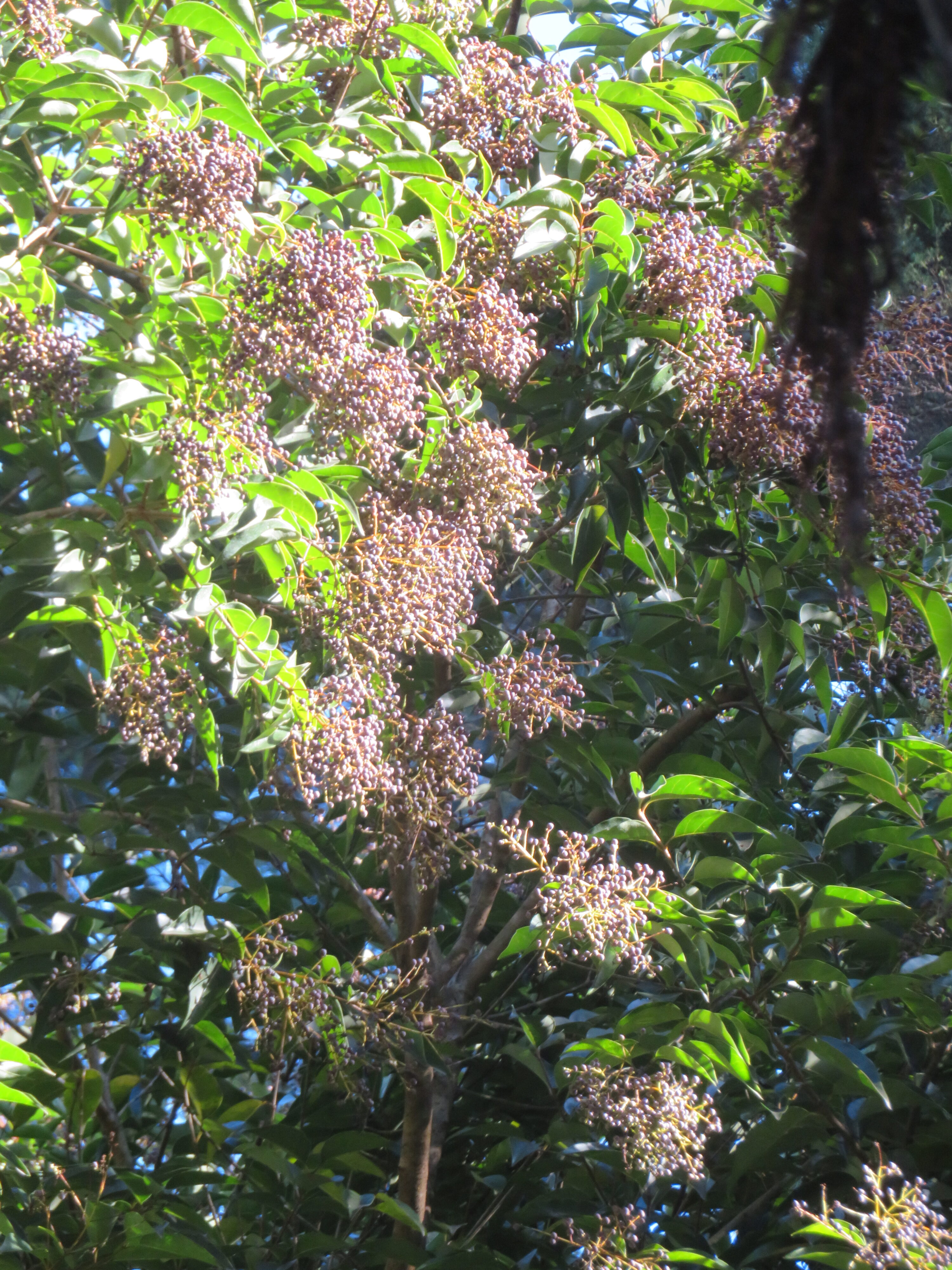
Below: tree privet about 10-15m high in native forest beside Kaipatiki Stream, Glenfield. Since native vegetation on the opposite (roadside) bank has not succeeded here due to grass, shrub and vine weeds combined with flooding by both piped and unpiped stormwater, this particular tree privet is one of several along this part of the stream forming the tree canopy, so in addition to feeding birds, this one is providing life-giving shade to protect water quality and freshwater ecology, including native freshwater fish and eels.
